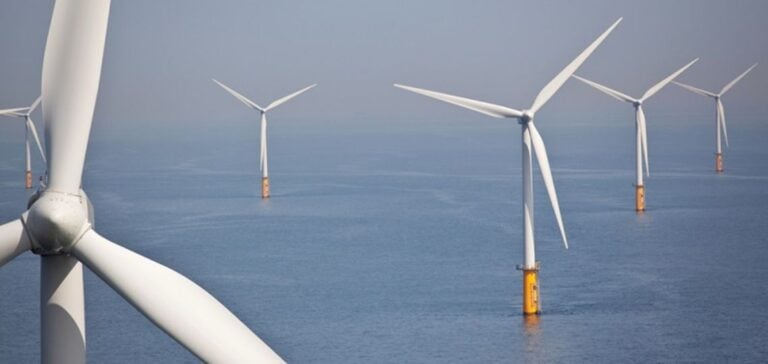Statkraft, Norway’s leading renewable energy company, has announced a strategic review aimed at optimizing its asset portfolio and focusing on its core activities. This reorganization includes the sale of certain divisions and increased investment in hydroelectricity, solar energy, wind power and battery storage solutions in Europe and selected international markets. The strategic review was prompted by increasingly complex and competitive market conditions. Statkraft plans to sell its district heating business and seek investors for its biofuel subsidiary Silva Green Fuel and electric vehicle charging company Mer. The aim is to refocus resources on sectors offering the best growth opportunities and strategic alignments.
Focus on Hydropower and Renewable Energies
In Norway, Statkraft will continue to invest heavily in hydropower with a long-term investment program that includes five major capacity upgrade projects. At the same time, the company plans to strengthen its capacities in solar, wind and battery power , with an annual development target of 2 to 2.5 GW from 2026. This reorientation also includes a greater industrial role in offshore wind power in Northern Europe, with a development target of 6 to 8 GW by 2040. Statkraft also aims to become an industrial developer of green hydrogen, with a delivery target of 1 to 2 GW by 2035, adjusted from the previous target of 2 GW by 2030.
Adapting to Market Conditions
Statkraft’s strategic changes come against a backdrop of more difficult market conditions. Energy prices are falling, while technological and capital costs are rising. In addition, market regulations and support policies have been delayed, and geopolitical uncertainty has increased. These factors have led Statkraft to adjust its priorities to optimize resources and maintain competitiveness. Industry analysts see this reorientation as a necessary response to current economic and geopolitical challenges. Birgitte Ringstad Vartdal, President and CEO of Statkraft, emphasized that this strategy will maximize value creation and leverage the company’s competitive advantages.
Future prospects
Statkraft remains committed to continued growth, based on four pillars: providing clean flexibility through hydropower, growing in solar, wind and battery storage, offering green market solutions to customers, and developing new green energy technologies. This strategy will enable the company to respond effectively to growing market demand and strengthen its position in the renewable energies sector. The strategic review aims to prepare Statkraft for sustainable growth, by optimizing capital allocation and focusing on the most promising opportunities. By refocusing its efforts on its core competencies and adjusting its objectives in line with market realities, Statkraft is positioning itself to successfully navigate a rapidly changing energy environment.






















